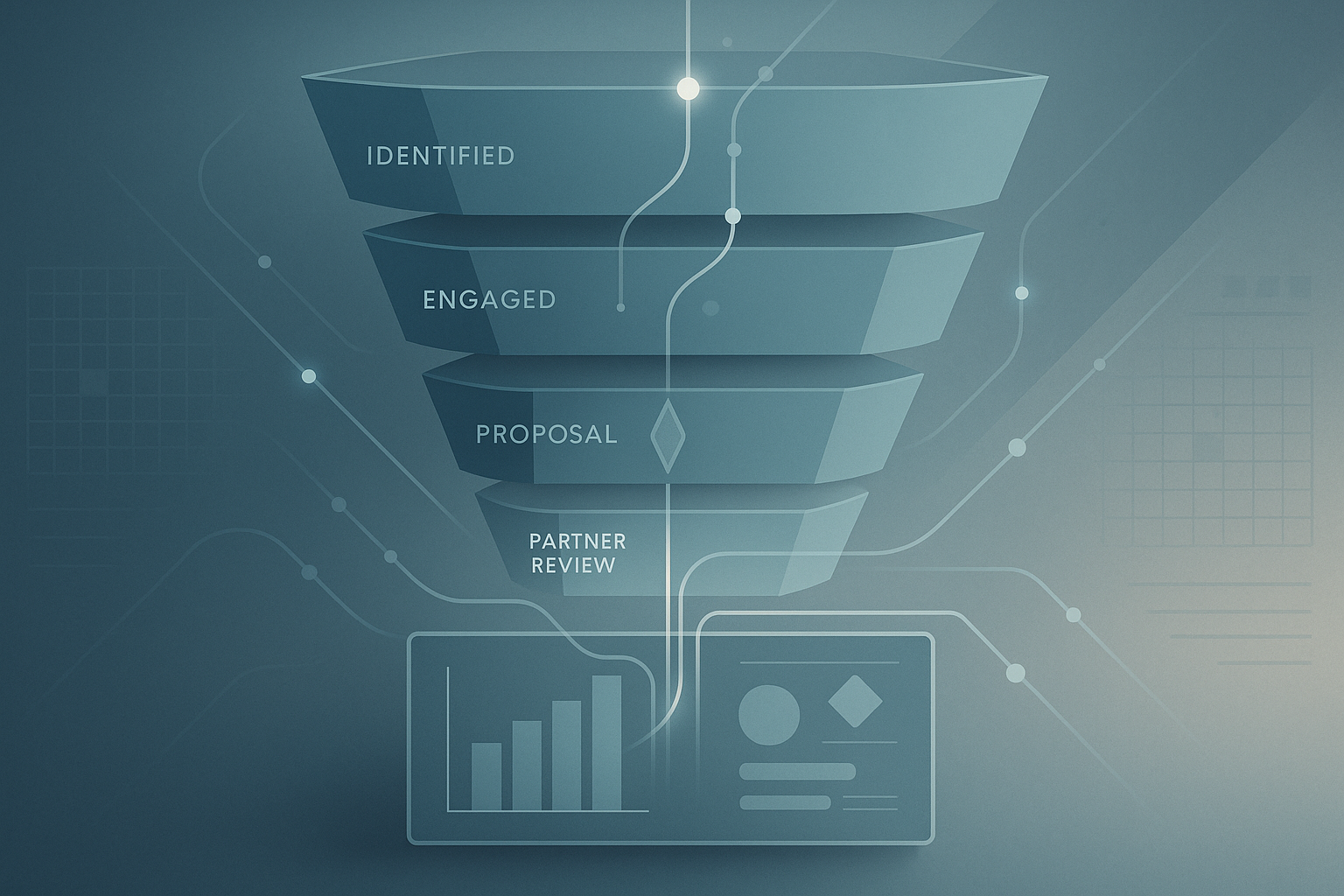What is API?
Digital Transformation
API & Integrations

In today’s heavily digital, entirely connected world, API seems to be everywhere. But what is it really?
API is an acronym that stands for Application Programming Interface. On its own, it can sound quite intimidating. However, when you realise that you use API all the time in your day-to-day life, it becomes less so.
Examples of API that you are likely to have used before: travel booking sites, the weather snippet that comes up on Google, and logging in using Facebook, Gmail or LinkedIn.
These are just a few of the ways that you interact with API everyday. They’re already a part of your life and it may be time for them to be part of your business.
You may have heard the term API in conversations about integrations. Although sometimes used interchangeably, the two are not actually the same thing. Integrations facilitate interactions between two pieces of software. API, on the other hand, is a software intermediary that acts as the interface between them, making it easier to interact with.
What are they for?
The primary goal of API is creating more digital, integrated businesses. It does this by making connections between applications and processes. Anytime you need to get information from one place to another efficiently, you could consider an API.
The need to develop integrations is often highlighted when there is an issue or challenge in the business that requires attention. If you feel that there are processes within your business or service that could be more effective or have too much friction, it may be time to consider API as a possible solution.
Some of the most common uses for API are focused around automating tasks and data transference. Using API to automate processes, remove friction and maintain a single source of truth can accelerate your business and give your team more time to deliver work that drives business impact.
Read more: Integrations and HubSpot: better connections for your business
How do they work?
APIs fetch, push, and check data from other sources and return them to the platform you’re actively using. Many applications operate using different coding languages which usually presents a barrier to communication.
API acts as a translator, going between applications and making those different languages understandable to the separate sources. This is what makes using API such an efficient way to access and utilise data between platforms.
Not only do APIs make existing processes easier, but they also open up a world of possibilities for driving innovation forward. Without API and integrations, harnessing the power of your data becomes slow, inefficient and inaccurate.
Need to know more? This video from MuleSoft is a great intro to understanding API.
API is an integral part of developing as a truly digital business. It doesn’t just take your data from one place to another, it creates opportunities and enables transformation. API is what can take your business from where it is now to a future with less friction, less time spent on manual processes and more possibilities.
Having an API and integration breakthrough? Talk to our digital specialists about how we can implement with impact.


